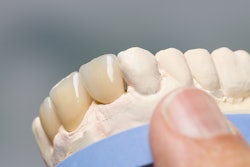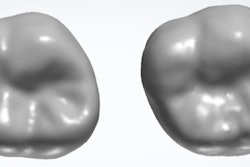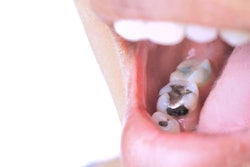
Welcome to the Dental Specialties Insider: Smile Design edition!
Forced surgical extrusion using an atraumatic extraction system (AES) may be a practical technique for preserving severely damaged teeth, according to a study published in the Journal of Esthetic and Restorative Dentistry. Read more in our Insider Exclusive.
Did you know that in the U.S., nonamalgam restorations were the most common in the primary teeth of children older than 5 and in the permanent teeth of adults younger than 40? The study, which was published in the Journal of the American Dental Association, suggests a shift to minimally invasive approaches to restorative treatment.
Also, in our Smile Design Community, a research team at the University of Hong Kong employed an artificial intelligence algorithm to produce personalized dental crowns with a high degree of accuracy. The method mimics the morphology and matches the materials needed for the biomechanics of natural teeth.
Additionally, students at the South Dakota School of Mines and Technology have developed an early prototype that eventually may lead to remote robotic dentistry. In the future, dentists may be able to use the device’s robotic extension to oversee certain treatments, like cavity filling, remotely.
Finally, more patients in the U.S. worry they could experience skin hypersensitivity, including itchiness and rashes, due to an allergic reaction to nickel and other metals used in medical devices, including dental implants.




















